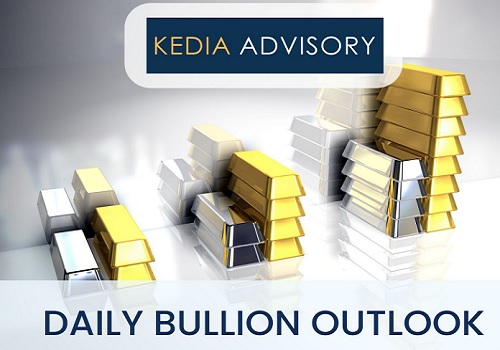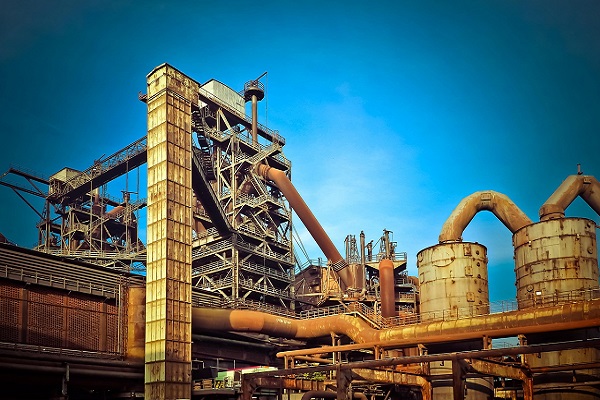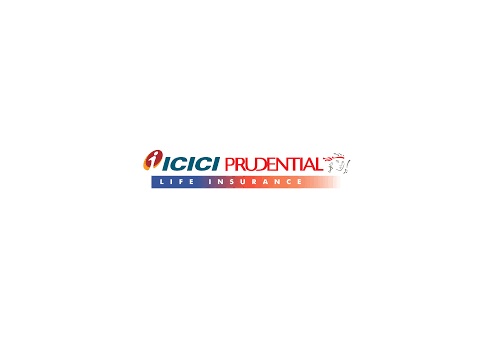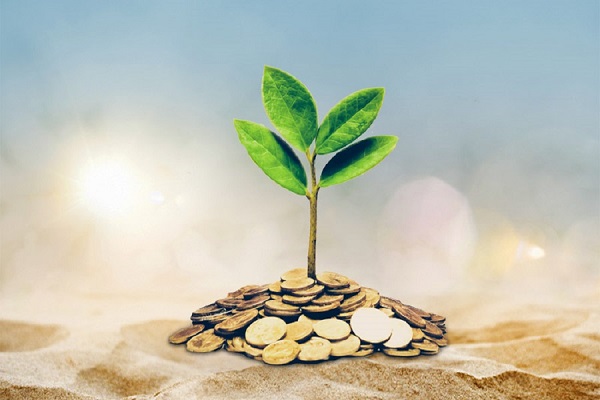The Intersection of Wealth and Sustainability: Investing in a Greener Future
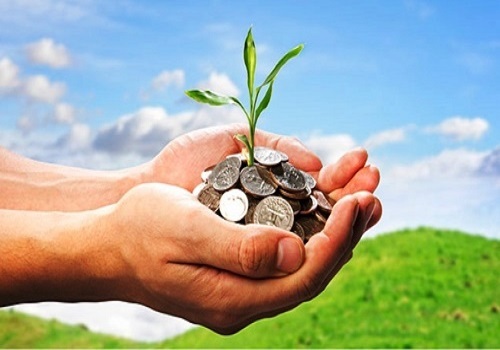
In today’s rapidly evolving world, the pursuit of wealth is no longer just about accumulating financial assets. Increasingly, investors and individuals are recognizing the importance of sustainability — a balanced approach that considers environmental stewardship, social responsibility, and long-term economic health. The intersection of wealth and sustainability presents a compelling opportunity to create not just financial returns but also positive impacts on the planet and society.
Understanding Sustainable Wealth
Sustainable wealth refers to building and managing assets in a way that aligns with principles of environmental conservation and social equity. Unlike traditional wealth-building strategies focused solely on profit maximization, sustainable investing incorporates factors such as carbon footprint, resource use, ethical governance, and community well-being.
The goal is to generate financial growth while minimizing harm and fostering resilience. This approach acknowledges that economic success is intricately tied to the health of ecosystems and social systems, which in turn influence market stability and opportunities.
Why Sustainability Matters in Wealth Creation
1. Environmental Urgency
Climate change, biodiversity loss, and resource depletion are urgent global challenges. Companies that ignore these issues risk regulatory penalties, reputational damage, and operational disruptions. Conversely, businesses embracing sustainable practices often enjoy innovation advantages, operational efficiencies, and better alignment with future regulations.
2. Changing Consumer and Investor Preferences
Modern consumers increasingly prefer brands and products that prioritize sustainability. Similarly, investors are demanding Environmental, Social, and Governance (ESG) criteria in their portfolios. According to a 2024 report by the Global Sustainable Investment Alliance, sustainable investments have grown to represent over $40 trillion worldwide, signaling a clear shift in market dynamics.
3. Long-term Risk Mitigation
Sustainable investments tend to be less volatile over time. By focusing on companies that manage environmental and social risks responsibly, investors can reduce exposure to sudden losses stemming from regulatory fines, supply chain issues, or public backlash.
How to Invest in a Greener Future
1. ESG Funds and Green Bonds
ESG mutual funds and exchange-traded funds (ETFs) allow investors to support companies that score highly on sustainability metrics. Green bonds finance projects that have positive environmental impacts, such as renewable energy installations or sustainable infrastructure.
2. Direct Investment in Renewable Energy
Investing directly in solar, wind, or other renewable energy projects can offer attractive returns while contributing to the energy transition away from fossil fuels.
3. Impact Investing
This strategy goes beyond avoiding harm; it actively seeks measurable social and environmental benefits. Impact investments often target sectors such as clean water, affordable housing, and sustainable agriculture.
4. Sustainable Real Estate
Green buildings that focus on energy efficiency, sustainable materials, and healthy living environments are gaining prominence. These properties tend to command higher rents and retain value better during market downturns.
Challenges and Considerations
While sustainable investing offers many benefits, it’s important to navigate pitfalls carefully:
Greenwashing: Some companies or funds exaggerate their sustainability claims. Thorough due diligence and trusted certifications are essential.
Performance Concerns: Although many sustainable investments perform on par or better than traditional ones, some may have trade-offs depending on sectors or market conditions.
Data Transparency: Reliable, standardized data on ESG factors is still evolving, making comparisons difficult.
The Broader Impact of Sustainable Wealth
When wealth is built with sustainability at its core, the benefits ripple beyond individual portfolios. It supports innovation in clean technologies, empowers underserved communities, and helps protect vital natural resources. This holistic approach fosters a more equitable economy and a healthier planet — foundations for enduring prosperity.
Conclusion
The intersection of wealth and sustainability is not just a trend; it’s a transformative movement reshaping how we think about success and responsibility. By investing in a greener future, individuals and institutions can achieve financial growth while contributing to a world that thrives for generations to come. Embracing sustainable wealth creation is, ultimately, a commitment to safeguarding both our planet and our prosperity.


